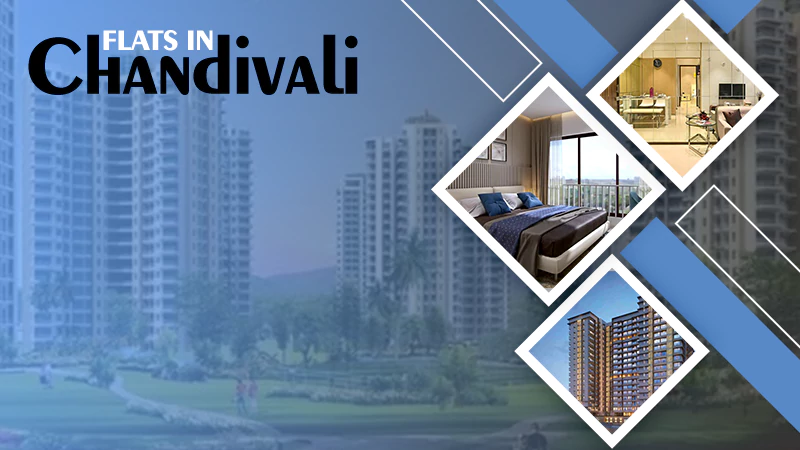Therapeutic Potential and Challenges in the Development of Oral Peptides
Protein and peptide-based therapies that subjects may take orally have several applications, including efficiently managing a wide range of clinical illnesses and degenerative diseases. As an intriguing aside, recent developments in this field have led to the creation of many treatment techniques that, according to their creators, show the required skills to overcome obstacles provided by conventional oral protein formulations and peptide-based medicines. The high costs of designing and manufacturing such pharmaceutical treatments are one obstacle that the advancements above aim to remove. It should be noted, however, that there are still several obstacles that researchers must overcome before it is possible to successfully give biological medications through the oral route without suffering significant losses in specificity and bioavailability. Thus far, more than 40 different systems for administering medications orally have been developed. The oral protein/peptide therapies market is expected to expand rapidly in the following years because of the multiple benefits of oral medication delivery, such as simple administration, low discomfort and risk of medication response, and self-administration.
Buy oral peptides if you are a researcher interested in further studying the future potential of orally-administered peptides. Here is our top provider recommendation: https://biotechpeptides.com/
Potential and Challenges
Several methods are under research and development to allow peptides to be taken orally. The ability to administer peptides orally presents many challenges that must be met by various approaches, each with its characteristics and capabilities.
The first challenge is ensuring that the oral formulation survives the harsh stomach conditions. Having made it through the stomach, the tablet must be designed to dissolve in the more acidic small intestine while shielding the peptide payload from protease enzymes. Finally, the peptide must be absorbed by the relatively impermeable intestinal epithelium via current processes.
To overcome these obstacles, researchers must first identify therapeutic peptides amenable to oral administration before applying any technology to the problem. Since there is no incentive to switch from an injectable, pragmatic factors, such as whether the orally-delivered peptide would improve patient compliance, expand therapy alternatives, and promote marketability, should take precedence.
But even if all these conditions are met, oral administration could not be feasible unless sufficient bioavailability is achieved for medicinal purposes. Bioavailability is affected by several variables, some of which may be countered by technological advancements. There is a direct inverse correlation between peptide molecular weight and bioavailability, making molecular weight the most critical factor in deciding whether or not oral administration is possible.
Oral Leuprolide tablet development for the treatment of endometriosis is now underway and serves as an example of the difficulties and possibilities of orally-delivered peptide therapies. Endometriosis, one of the most prevalent gynecological illnesses, affects over six million women in the United States and is characterized by the growth of endometrial lining outside the uterus and the development of lesions. These painful lesions may develop on the uterine wall, including the ovaries, fallopian tubes, and other reproductive organs.
To maximize medication absorption, enteric coatings provide a surface that is resistant to the stomach’s extremely acidic pH but dissolves in the small intestine and other parts of the intestine where the pH is more neutral. Materials with different properties may be used for enteric coatings, so long as they protect the peptide medicine in the stomach and allow for its release in the intestine, where it can be absorbed into circulation.
The first obstacle that researchers must overcome is protecting the medication from the acidic stomach environment and allowing for the breakdown in the small intestine. Since many peptides are very susceptible to peptidases in the lumen before entering the systemic circulation, preventing their proteolytic degradation in the jejunum is a far more challenging (and crucial) issue.
The proteases in the luminal compartment of the cell are notoriously difficult to block. Still, researchers were able to construct a safe zone around the Leuprolide tablet by using protease inhibitors. Without these safeguards, the protease enzymes would quickly begin to work on the Leuprolide, dismantling it so that it could be absorbed into circulation like any other protein.
However, many protease inhibitors are not deemed acceptable for use as excipients, and inhibiting such a pervasive biological activity might be dangerous; therefore, care must be taken when choosing a protease inhibitor for the oral administration of a peptide. Therefore, developers are urged to use technologies that confine the action of such inhibitors to the GI lumen locally and transiently to prevent systemic toxicity.
Follow Us
Latest Post
















